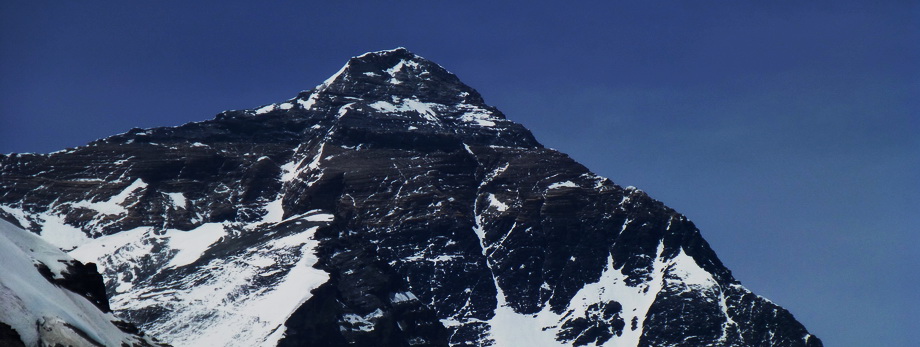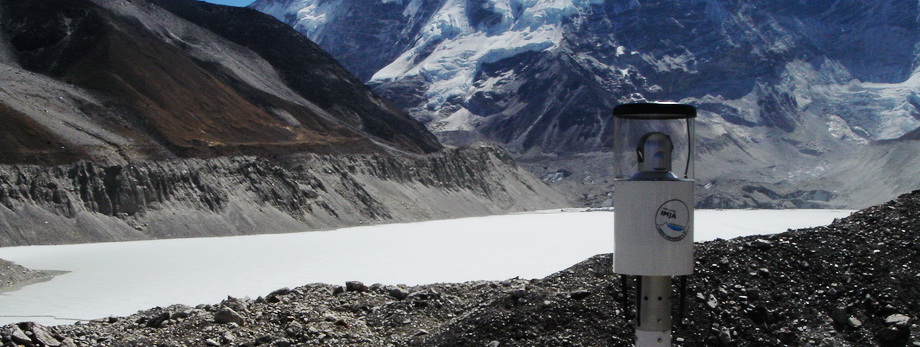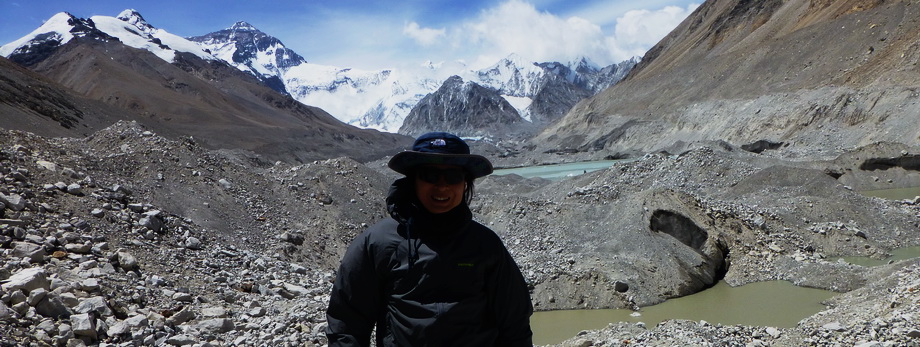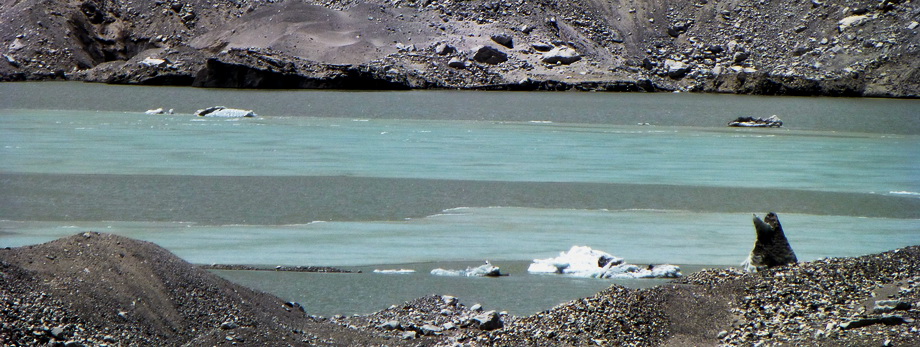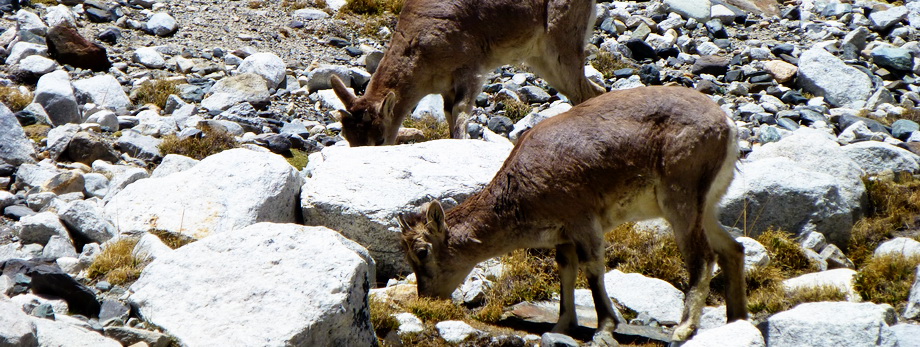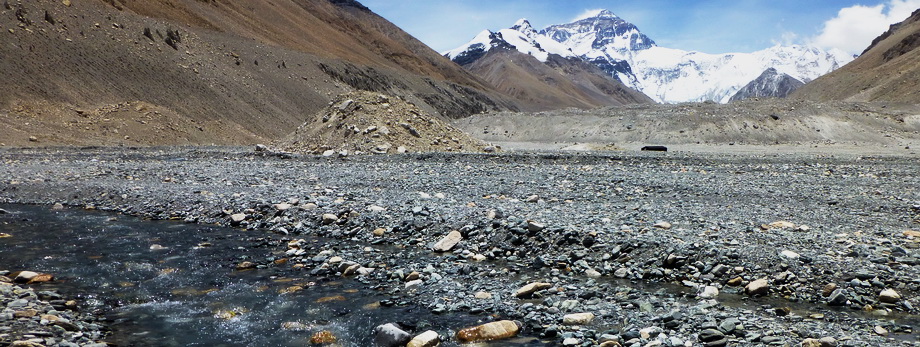
The Himalayan Mountain range is the highest and largest in the world. The range is one of the most extensively glaciered regions in the world outside the Polar Regions. The glacier regime in Himalaya plays an important role in a year-round water supply to billions of people in Asian region. Since the second half of the 20th century, glaciers in Himalayan region have retreated due to climate changes, resulting in glacial lakes expansion. This suggests that the Himalaya is sensitive to and affected by climate changes. The objective of this study is to reveal the tendency of glacial lakes changes on the northern and southern slopes over the past 32 years and what is the most driving force that influenced the changes of glacial lake in the Himalayan summit region. First, the DSGL (Detection of Shadowed Glacial Lakes) model was developed in order to identify the shadowed glacial lake. Secondly, all glacial lakes in the study area were detected based on the DSGL model. The quantity and area on both the northern and southern slopes increased over the past 32 years. Thirdly, terrain variables that include altitude, aspect, angle of inclination, and radiation were extracted for all glacial lakes. Fourthly, original climate dataset of the Himalayan Summit Region was created, and climatic variables that include temperature and precipitation were extracted to all glacial lakes. Finally, GLM models were constructed to identify the driving forces that influence the changes of glacial lakes on the northern and southern slopes in the Himalayan summit region. From this research, the scientifically reasonable finding about glacial lakes in the Himalayan Summit Region was provided in order to respond to the social and political needs. Hence, this work should serve to fill in the information gap between scientific knowledge and social demands for this issue.
International Journals
Wenbo Chen, Hiromichi Fukui, Tomoko Doko, Xingfa Gu, Improvement of glacial lakes detection under shadow environment using ASTER data in Himalayas, Nepal, Chinese Geographical Science, 2013 Vol.23 No.2, P.216-226
Wenbo Chen, Tomoko Doko, Hiromichi Fukui, Wanglin Yan, Changes in Imja Lake and Karda Lake in the Everest Region of Himalaya, Natural Resources, 2013 Vol.4 No.7, P.449-455
Conferences and symposium
Chen W., Monitoring Glacial Lakes Changes in Himalaya Area During the Last Thirty Five Years, APN - CODATA Joint Workshop on Open Access to Global Change Data and Information in Asia-Pacific Region, Xining/Qinghai – Lhasa/Tibet, China, 23-31 May, 2012
Wenbo CHEN, Wanglin YAN, Tomoko DOKO, Hiromichi FUKUI, Space-based information and risk assessment of glacial lake in Everest Region, Himalaya, The 11th Science Council of Asia (SCA) Conference, Ulaanbaatar, Mongolia, 4-6 July, 2011
Wenbo CHEN, Hiromichi FUKUI, Tomoko DOKO, Comparison study on expansion of glacial lakes in Northern and Southern slope of Himalaya, The 34th International Symposium on Remote Sensing of Environment, Sydney, Australia, 10-15 April, 2011
Wenbo CHEN, Hiromichi FUKUI, Tomoko DOKO, Detection Glacial Lakes under the Shadow Environment Using ASTER Data in Himalaya, Nepal, The 3rd International Symposium on Sentinel Earth - Advance in Satellite Imagery Data and GIS and Their Application, Hokkaido University, Sapporo, Japan, 3-5 November, 2010
Wenbo Chen, and Tomoko Doko, Journey to Himalaya, the 9th GIS Community Forum, Tokyo, Japan, 30-31, May 2013
Wenbo CHEN, Hiromichi FUKUI, Ponthip LIMLAHAPUN, Tomoko DOKO, Space-based information for monitoring glacial lakes in Himalaya, International Symposium on “Benefiting from Earth Observation: Bridging the Data Gap for Adaptation to Climate Change in the Hindu Kush-Himalayan Region”, Kathmandu, Nepal, 4-6 October, 2010
